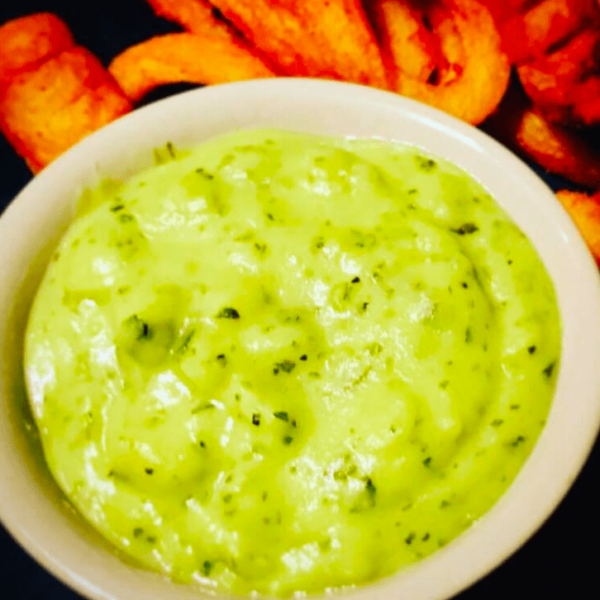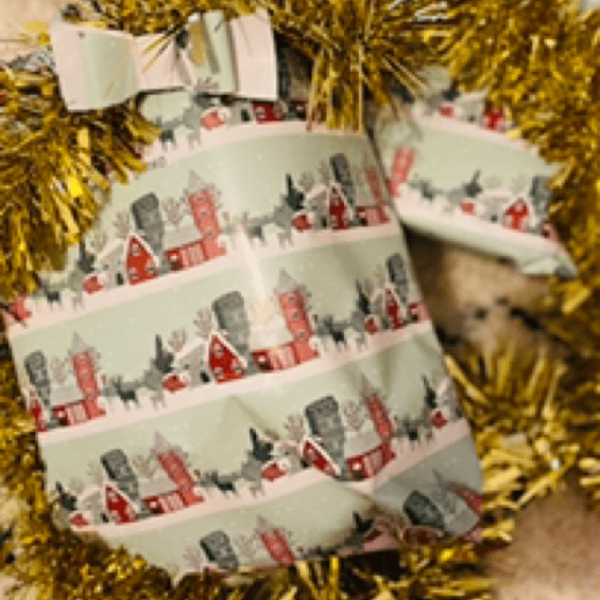
This weeks lockdown learning session is a buoyancy experiment. For ages 0-8; test to see what objects sink or float and why. You can adjust the activity based on your child’s ability and age. Huge thanks once again to Mrs. Jenkins and her ‘team’ of scientists.
What You Need
For this buoyancy experiment you will need a washing up bowl, washing up liquid (optional) and a selection of objects in varying sizes.
This is the perfect activity tailoring to meet your child’s needs/interests. You can go as in depth as you want with extensions below, or simply just let them splash around in some soapy water. Water play is great fun but pouring, scrubbing, squirting water also helps toddlers build hand-eye coordination. In this activity, children explore which objects float and which objects sink when placed in water.
Want to do more? Check out these ideas.
Vocabulary
For ages 0-4 use this as a chance to introduce some new vocabulary for your little one.
Sink to go to the bottom.
Float when something stays on the surface.
For ages 4+ why not try larger, syllable words to stretch their thinking and imagination.
Prediction, an educated guess.
Experiment a test or a trial.
Buoyancy when something floats after being submerged in fluid.
Predictions
For older children, if you’d like to focus more on the science, have them log and report every stage of the experiment. This can be done by drawing, writing, taking photos or even just through talk and discussion. Talk about the weight, shape and size. You could even open the topic up to explaining surface area and how weight is distribution can allow a large object to float and a smaller object to sink.
Before putting any objects in the water, encourage your children to make predictions about which objects will sink and float. Have them explain to you why they think this. And again have them log what they think will happen so that they can compare their predictions to the actual results. For our experiment we used a small white board to create a sink/float table, then we piled the items into what side we felt they belonged in. Then we took a photo of our predictions.

With their recorded predictions its a great chance to start introducing basic parts of the scientific method.
Buoyancy
Finally, use play doh to test buoyancy. Boats float because of their shape. As they push their weight on the water, the water pushes back. Have your child form one piece of play doh into a ball and make another one boat-shaped, which one floats better?

We hope you enjoyed todays lockdown learning session. Let us know how your buoyancy experience got on in the comments below. Or if you have any questions for Ana (today’s session teacher).
Happy learning!
Ana & Berrit xx

